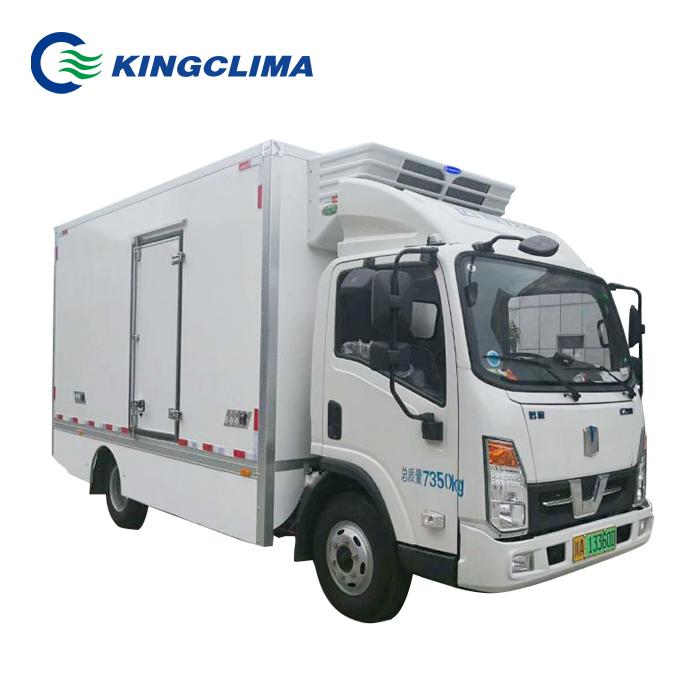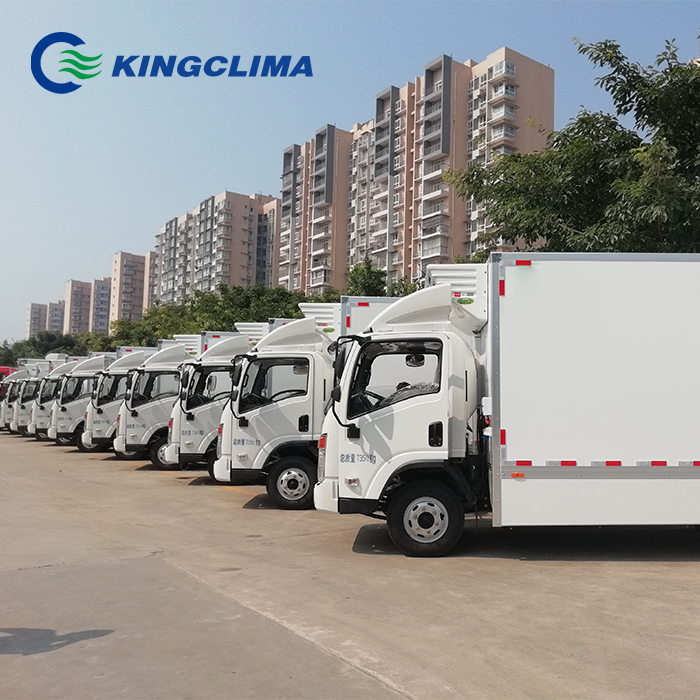



Jun 10, 2010 · Design of Vehicle Cooling System Architecture for a Heavy Duty Series-Hybrid Electric Vehicle Using Numerical System Simulations Sungjin Park, A Methodology for Cycle-by-Cycle Transient Heat Release Analysis in a Turbocharged Direct Injection Diesel Engine,” SAE Paper No. 2000-01-1185. 8. Wiegman, H. L. N.
Conventional cabin heating and cooling system for an electric vehicle In order to reduce the electricity demand at low temperature, many electric vehicles have adopted heat pumps, Figure 8 [5264]. The air conditioning system is designed so it can operate as a heat pump under low ambient temperatures and as an air conditioner at high ambient
Tab cooling is best achieved by a water-based coolant or an organic refrigerant circulated through a cold plate system built into the battery pack by a pump [ such as the high-efficiency electric pumps manufactured by AVID Technology ]. The coolant can be New to remove heat from the pack and to also provide heating of the pack for fast
This means the electrical energy consumption of the electric motor for the cycle is 1.9 × 100/11 = 17.27 kWh /100 km. In the simulation study of Kiyakli et al. [24] for an electric vehicle
A vehicle with conventional powertrain is using an internal combustion engine (gasoline or diesel), a transmission (consisting of clutch/torque converter, gearbox) and a drivetrain (propeller shaft, final drive) to provide torque at the wheels, function of the driver demand (accelerator pedal position).. A mild hybrid electric vehicle (MHEV) has two sources of torque, the internal
Jan 11, 2019 · Passenger car electrification is here to stay. By the 2040s-2050s, the propulsion systems — from all-electric to hybrid — New by vehicles
A water-cooled engine block and cylinder head have interconnected coolant channels running through them. At the top of the cylinder head all the channels converge to a single outlet. A pump, driven by a pulley and belt from the crankshaft, drives hot coolant out of the engine to the radiator, which is a form of heat exchanger. Unwanted heat is passed from the radiator into the
Powerful in diverse applications. As a powertrain domain controller, the vehicle control unit (VCU) can provide torque coordination, operation and gearshift strategies, high-voltage and 48V coordination, charging control, on board diagnosis, monitoring, thermal management and much more for electrified and connected powertrains.
The engine's operating temperature is not only important with regard to performance and fuel consumption, but also for low emission of pollutants. Engine cooling uses the fact that pressurized water does not boil at a temperature of 100 °C, but only between 115°C and 130°C. The cooling circuit is under pressures between 1.0 bar and 1.5 bar.
Thermal management systems in electric vehicles are generally more complex than in conventional vehicles featuring combustion engines. The eAxle, for example, must be cooled at all times while the battery needs to be cooled or heated depending on the respective situation.
Jan 19, 2022 · Making the Case for Electric Reefer Units. Proponents of electric transport refrigeration units (TRUs) say they offer lower total cost of ownership through reduced wear and tear on a secondary engine. These are hot times for cold deliveries. The trendline had been steadily climbing for years, but the COVID-19 pandemic supercharged the demand
truck refrigeration units and van refrigeration units . Truck refrigeration systems are divided into two categories: independent (self-driving) and non-independent (vehicle-driven). The stand-alone type has its own engine, usually a diesel engine, to independently drive the refrigeration system without the need for the vehicle’s engine power.
Jan 18, 2022 · Battery Electric Vehicle Engine Cooling Systems market size (most likely outcome) will be a year-over-year revenue growth rate of % in 2021, from US$ million in 2020. Over the next five years the Battery Electric Vehicle Engine Cooling Systems market will register a % CAGR in terms of revenue, the global market size will reach US$ million by 2026.
All-electric vehicles (EVs), also referred to as battery electric vehicles, have an electric motor instead of an internal combustion engine. The vehicle uses a large traction battery pack to power the electric motor and must be plugged in to a wall outlet or charging equipment , also called electric vehicle supply equipment (EVSE).
Donaldson diesel engine cooling systems are designed to remove contaminants and maintain system balance ‒ minimizing system failures and reducing engine downtime. Exhaust We are a leading supplier of exhaust systems, components and accessories for medium- and heavy-duty diesel powered equipment, both on- and off-road.